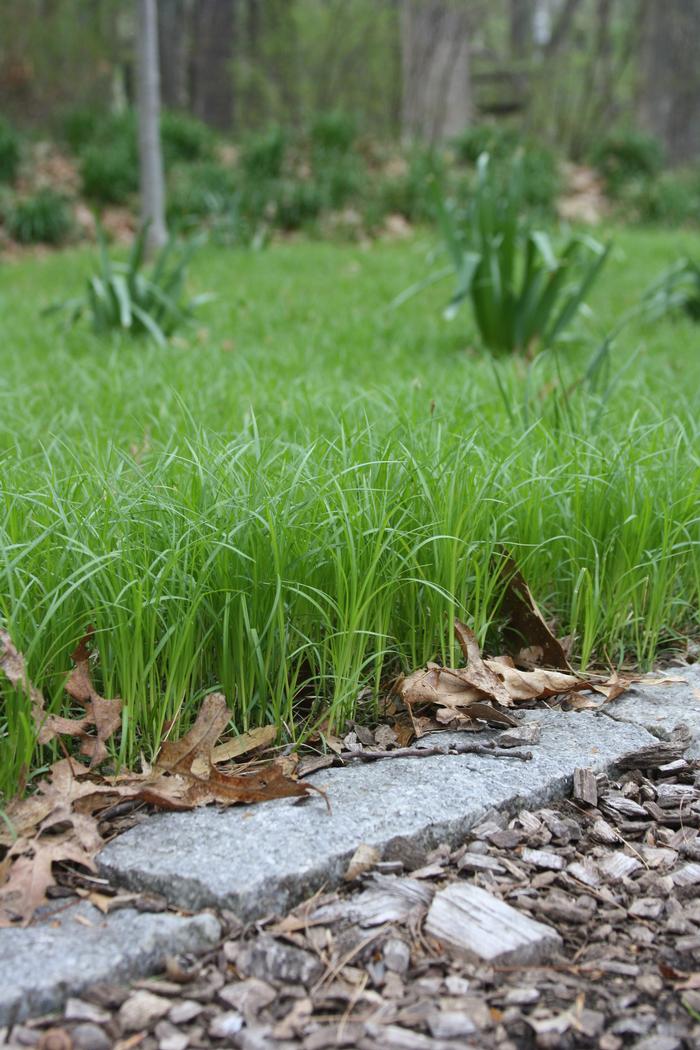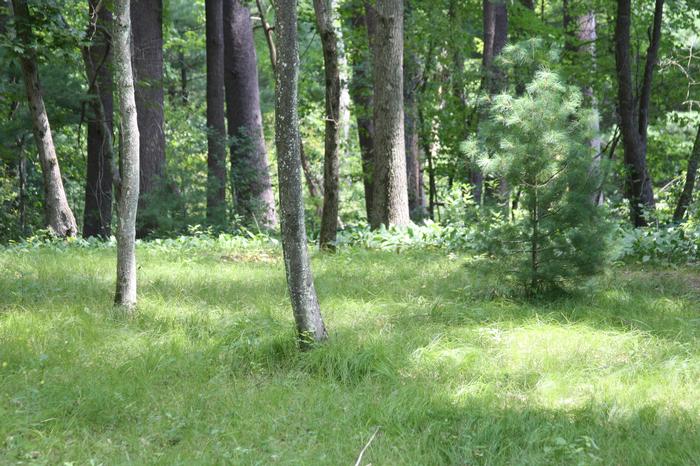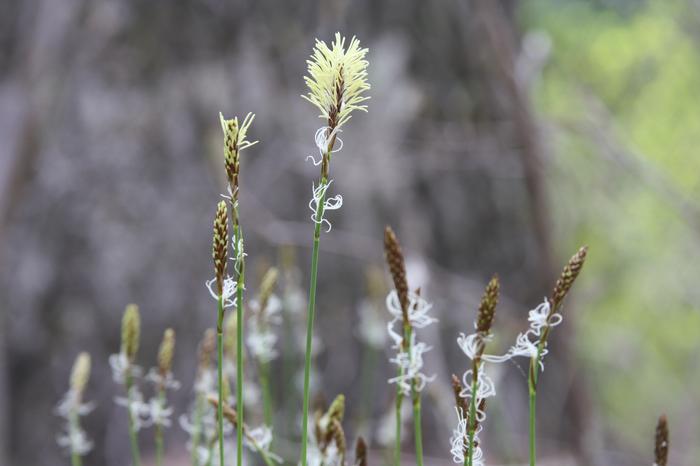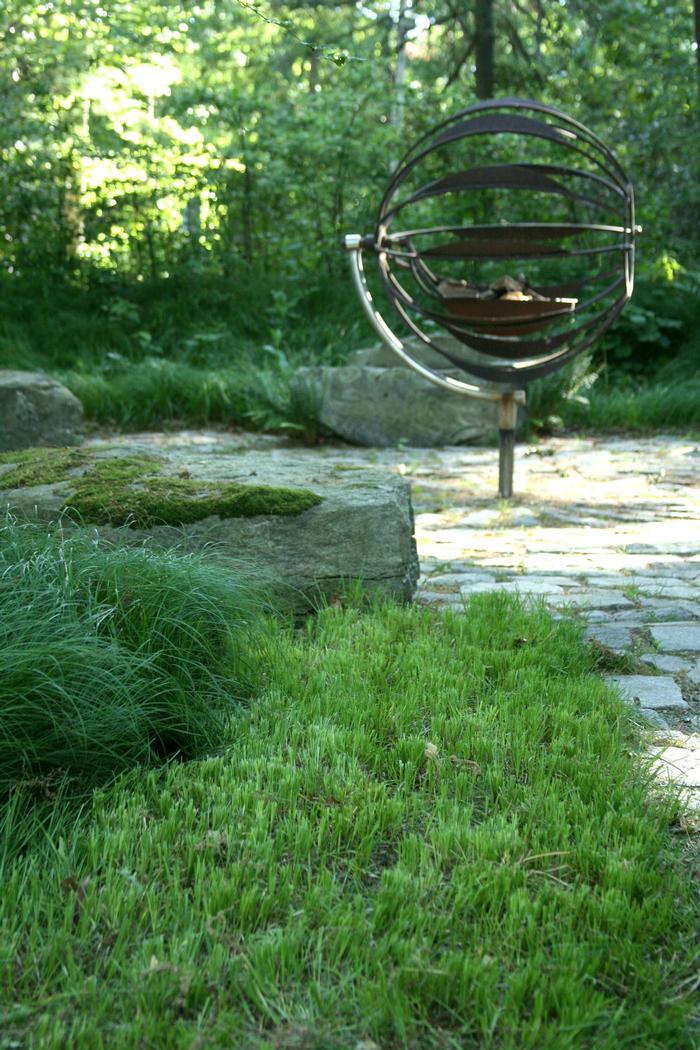General Description
Bloom Description: Blooms April to May. Blooms are small, yellow tufts.
Growth Habit & Shape: Grass-like, slowly spreading by rhizome.
Soil Preferences: Well-drained, dry to moist, acidic. C. pensylvanica can handle a wide range of side conditions.
Root Description: Rhizomatous.
Garden Uses: A versatile ground cover. Shade gardens, slopes, rock gardens, grasslands, woodlands, and meadows. Very popular choice as a lawn alternative.
Best Management & Maintenance: Very low maintenance. Can be mown 2-3 times a year or not at all. Remove some leaf litter if it is heavy and a denser stand of Pennsylvania sedge is desired.
Common Problems: No significant problems.
Benefits
Ornamental Value: Great for simple, textural sweeps. Foliage looks good year-round. Functions as a living mulch that can compete with possible weeds.
Wildlife Benefits: Pennsylvania sedge is an important habitat plant that creates both forage and cover for all sorts of wildlife. Several insects feed on the foliage, including grasshoppers.
Other Practical/Environmental Benefits: Erosion control, slope stabilization, competes with weeds, and deer resistant.
Use in place of: Non-native turf grass.
Ecology
Habitat:
Carex pensylvanica grows in both wide open sunny meadows and in dense, dry woodlands. It is often in sandy, acidic soils.
Response to Disturbance: Pennsylvania sedge spreads as much by rhizome as by seed. Some disturbance is fine, like moderate foot traffic or occasional mowing, while heavy disturbance, like car tires or fire, will be too much.
Native State Distributions:
Canada: MB, NS, ON, QC
USA: AL, AR, CT, DC, DE, GA, IA, IL, IN, KY, MA, MD, ME, MI, MN, MO, NC, ND, NH, NJ, NY, OH, PA, RI, SC, SD, TN, VA, VT, WI, WV
Wetland indicator status: Not classified.
Companion Plants:
Wild columbine (Aquilegia canadensis), yellow trout lily (Erythronium americanum), flax-leaved stiff-aster (Ionactis linariifolia), bearberry (Arctostaphylos uva-ursi), common star-grass (Hypoxis hirsutus), and wood ferns (Dryopteris spp.).
References
Return to Top




